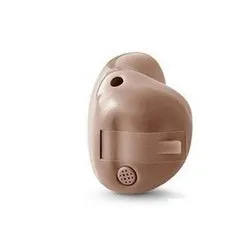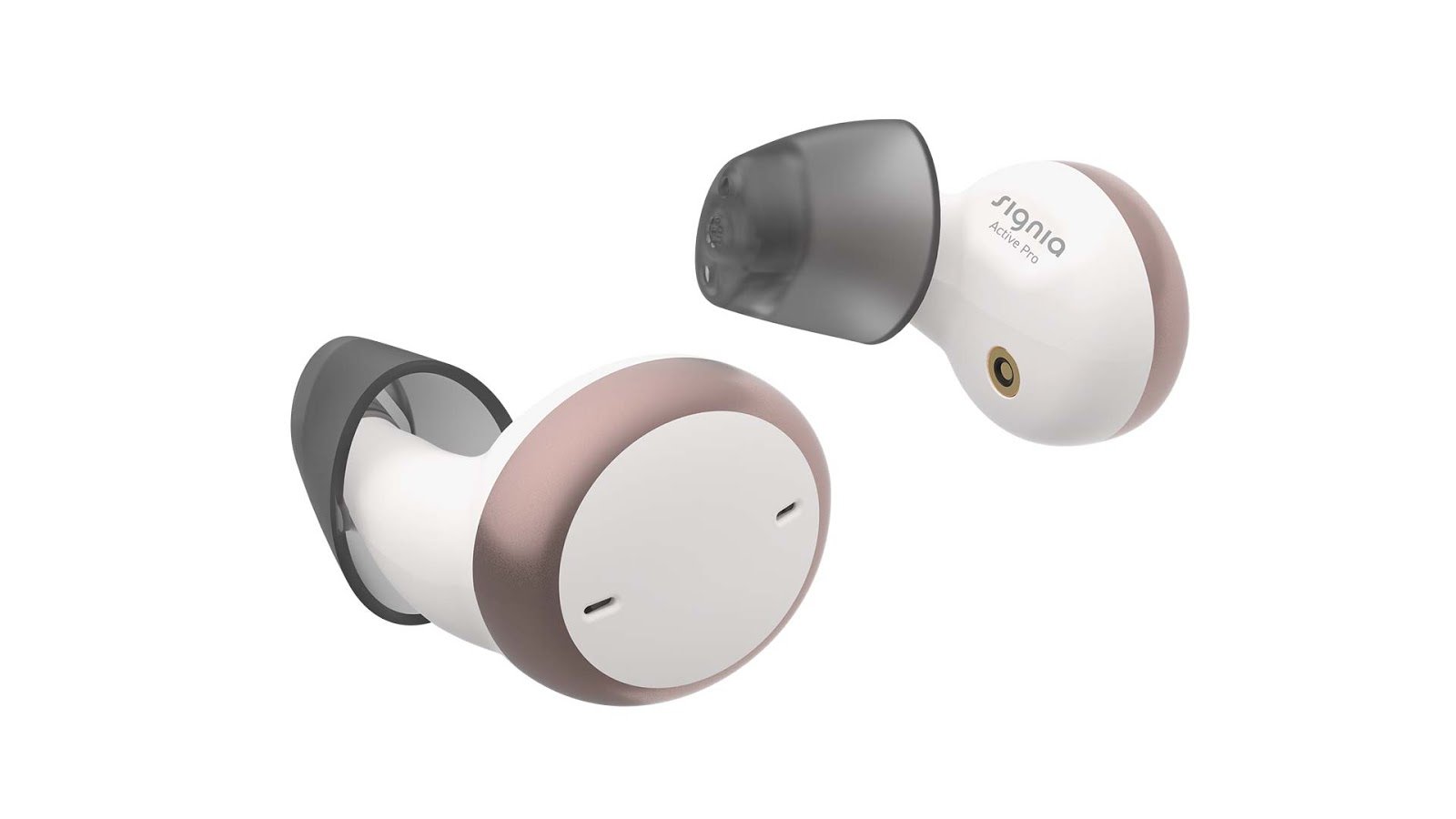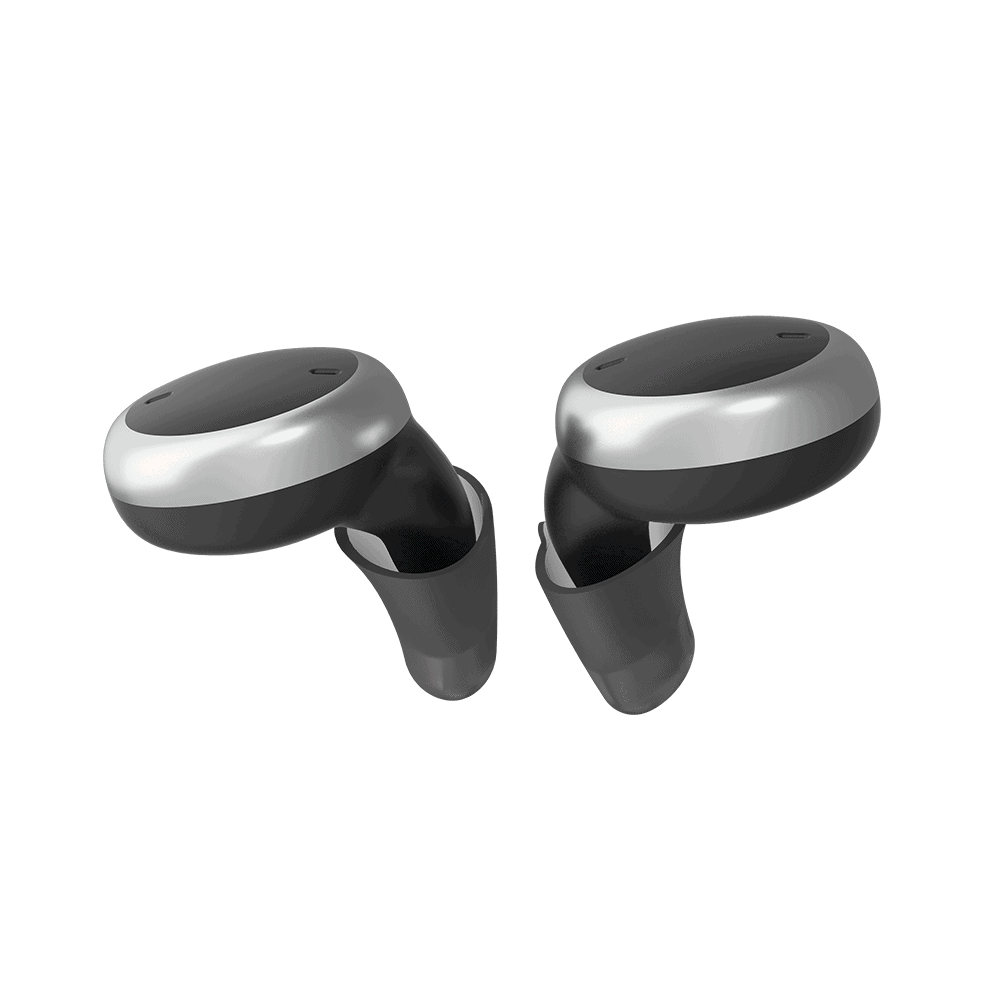Key Takeaways: Disadvantages of In-the-Ear Hearing Aids
| Category | Key Points |
|---|---|
| Design and Fit | – Custom fitting may not always be perfect, causing discomfort. |
| – Some users experience a “”plugged”” sensation due to the occlusion effect. | |
| – Tight fit can make prolonged use uncomfortable for sensitive ears. | |
| Performance | – Limited amplification capacity, unsuitable for severe hearing loss. |
| – Struggles with sound clarity in noisy environments. | |
| – Prone to feedback or whistling sounds during use. | |
| Maintenance and Durability | – High susceptibility to earwax buildup, requiring frequent cleaning. |
| – Vulnerable to moisture damage, especially in humid conditions. | |
| – More fragile than other types, leading to frequent repairs. | |
| Usability | – Small size makes handling difficult for users with limited dexterity. |
| – Manual adjustments needed for volume and settings in many models. | |
| – Inserting and removing the device can be tricky for some users. | |
| Battery and Power | – Short battery life due to smaller batteries, leading to frequent replacements or recharging. |
| – Recurring costs for battery replacements can add up over time. | |
| Technological Constraints | – Lacks advanced features like robust noise cancellation or directional microphones. |
| – Connectivity issues with external devices like smartphones or TVs in many models. | |
| – Limited compatibility with accessories such as remote controls or external microphones. | |
| Financial Considerations | – High initial cost for premium models with advanced features. |
| – Expensive maintenance due to frequent cleaning and repairs. |
This table summarizes the key disadvantages of ITE hearing aids, making it easier for readers to evaluate whether this type of hearing aid aligns with their needs and lifestyle.
Disadvantages of In-the-Ear (ITE) Hearing Aids: What You Need to Know
Hearing aids are a wonderful innovation that can significantly improve the quality of life for those with hearing loss. Among the various types, In-the-Ear (ITE) hearing aids are popular due to their compact design and ease of use. However, like any device, they come with their own set of challenges. In this blog, we’ll explore the disadvantages of ITE hearing aids to help you make an informed decision.
Design and Fit Challenges
Custom Fitting Issues
ITE hearing aids are custom-made to fit snugly into your ear canal. While this sounds ideal, achieving the perfect fit can sometimes be tricky. A poorly fitted device may cause discomfort or even fall out during use.
Uncomfortable Fit
Not everyone finds ITE hearing aids comfortable, especially during prolonged wear. The tight fit can sometimes create pressure in the ear canal, making it less suitable for those with sensitive ears.
Blocked Ear Canal Sensation
Many users report experiencing a “”plugged”” or occluded feeling when wearing ITE hearing aids. This sensation can make your own voice sound louder and unnatural, which is known as the occlusion effect.
Performance Limitations
Limited Amplification Capacity
ITE hearing aids are generally not powerful enough for individuals with severe or profound hearing loss. Their small size limits the amount of amplification they can provide compared to behind-the-ear models.
Sound Distortion in Noisy Environments
One common complaint is that ITE devices struggle to maintain sound clarity in noisy settings. This can make conversations in crowded places challenging.
Feedback Issues
Due to their placement inside the ear canal, ITE hearing aids are more prone to feedback or whistling sounds. This can be particularly frustrating during phone calls or when adjusting the device.
Maintenance and Durability
Earwax Buildup
Because ITE hearing aids sit inside the ear canal, they are more exposed to earwax. Over time, this can clog the device and affect its performance. Regular cleaning is essential but can be tedious.
Moisture Damage
The warm and humid environment inside the ear canal makes these devices more susceptible to moisture damage. This is especially problematic in regions with high humidity levels.
Explore Popular ITE Hearing Aids
If you’re still considering ITE hearing aids despite these challenges, here are some popular options:
- Signia Intuis 3 Custom ITE Essential Hearing Aid

Price: ₹26,990 - Signia Insio 3px ITE Primax Hearing Aid

Price: ₹44,990 - Signia Active Pro X ITE Xperience Hearing Aid

Price: ₹2,99,990
Stay tuned for more insights on other disadvantages of ITE hearing aids in the next section!
Maintenance and Durability
Earwax Buildup
One of the most common issues with in-the-ear (ITE) hearing aids is earwax buildup. Since these devices sit inside the ear canal, they are constantly exposed to earwax, which can clog the microphone or speaker. This not only affects sound quality but also requires frequent cleaning and maintenance. For those who produce more earwax than average, this can become a recurring hassle.
Moisture Damage
The ear canal is a warm and humid environment, making ITE hearing aids prone to moisture damage. Sweat, humidity, or even accidental exposure to water can harm the delicate electronics inside the device. This is particularly challenging in areas with high humidity levels, where users may need to invest in dehumidifiers or drying kits to protect their hearing aids.
High Repair Frequency
Due to their compact size and placement inside the ear, ITE hearing aids are more fragile compared to other types. They often require repairs for issues like clogged components or internal damage caused by moisture or earwax. These repairs can be both time-consuming and expensive.
Usability Concerns
Dexterity Challenges
ITE hearing aids are small and require precise handling for insertion, removal, and adjustments. For people with limited dexterity—such as older adults or individuals with arthritis—managing these tiny devices can be quite difficult. This can lead to frustration and even damage if the device is dropped or mishandled.
Manual Adjustments
Unlike some advanced behind-the-ear (BTE) models, many ITE hearing aids lack automatic volume control or advanced features like app-based adjustments. Users often need to manually adjust the volume or settings, which can be inconvenient, especially in dynamic environments where sound levels change frequently.
Difficulty Inserting and Removing
The snug fit of ITE hearing aids is both a strength and a weakness. While it ensures the device stays in place, it also makes inserting and removing it a bit tricky. This can be particularly challenging for those who are new to using hearing aids or have limited mobility in their fingers.
Explore Reliable ITE Hearing Aids
If you’re considering ITE hearing aids despite these challenges, here are some top-rated options:
- Signia Insio 2px ITE Primax Hearing Aid

Price: ₹39,990 - Signia Active X ITE Xperience Hearing Aid

Price: ₹1,49,990 - Signia Kit Insio Charge & Go 3AX ITE Rechargeable Augmented Xperience Hearing Aid

Price: ₹3,19,990
Stay tuned for the final section of this blog where we’ll discuss battery issues, technological constraints, and financial considerations!
Battery and Power Issues
Short Battery Life
One of the major drawbacks of in-the-ear (ITE) hearing aids is their shorter battery life compared to other types, such as behind-the-ear (BTE) models. Since ITE devices are small, they use smaller batteries, which drain quickly. This can be inconvenient for users who need to replace or recharge batteries frequently.
Frequent Battery Replacement Costs
The constant need to replace batteries can also add up in terms of cost over time. For individuals who use their hearing aids daily, this can become a significant recurring expense. Rechargeable ITE models are available but tend to be more expensive upfront.
Technological Constraints
Lack of Advanced Features
ITE hearing aids often lack some of the advanced features found in larger models, such as directional microphones or robust noise-cancellation technologies. This makes them less effective in noisy environments, such as crowded markets or busy streets.
Connectivity Problems
Many ITE hearing aids struggle with seamless connectivity to external devices like smartphones or televisions. While some premium models offer Bluetooth compatibility, it is not a standard feature across all ITE devices.
Limited Accessory Compatibility
ITE hearing aids may not be compatible with certain accessories, such as remote controls or external microphones, which can enhance the user experience. This limits their versatility compared to other types of hearing aids.
Financial Considerations
Expensive Maintenance Costs
The maintenance costs for ITE hearing aids can be high due to their susceptibility to earwax buildup and moisture damage. Regular cleaning and occasional repairs are often necessary, adding to the overall cost of ownership.
High Initial Investment
While ITE hearing aids are compact and discreet, their pricing can be steep for premium models with advanced features. For budget-conscious users, this might make them less appealing compared to other options.
Explore Premium ITE Hearing Aids
If you’re still considering ITE hearing aids despite these challenges, here are some high-quality options:
- Signia Insio 7Nx ITE Hearing Aid

Price: ₹2,99,990 - Signia Active Pro X ITE Xperience Hearing Aid

Price: ₹2,99,990 - Signia Kit Insio Charge & Go 5AX ITE Rechargeable Augmented Xperience Hearing Aid

Price: ₹4,41,990
Conclusion
In-the-ear (ITE) hearing aids are a popular choice for their compact design and discreet appearance. However, they come with several disadvantages that potential users should consider carefully. From maintenance challenges and limited features to higher costs, these devices may not be suitable for everyone. Consulting an audiologist is always recommended to find the best solution tailored to your specific needs.
By weighing the pros and cons and exploring available options thoughtfully, you can make an informed decision that ensures both comfort and functionality in your hearing aid experience!
Read More
- Baumfield, A., and H. Dillon. “Factors affecting the use and perceived benefit of ITE and BTE hearing aids.” British journal of audiology 35.4 (2001): 247-258.
- Risberg, Donna M., and Robyn M. Cox. “Comparison of in-the-ear and over-the-ear hearing aid fittings.” Journal of Speech and Hearing Disorders 51.4 (1986): 362-369.

